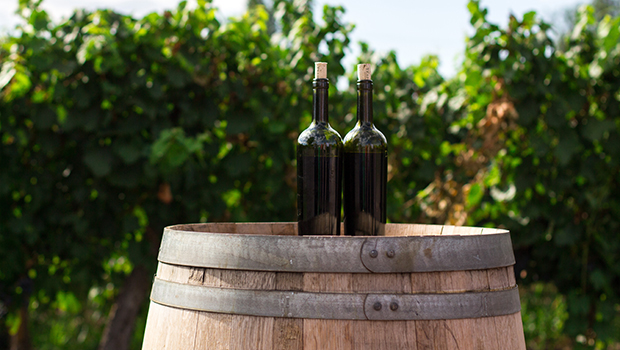They say you should never judge a book by its cover, but in this case a bottle of wine holds many stories and clues. Ever notice how wine bottles differ in size, shape and colour?
The colour of the wine bottle
According to Amorim Cork’s managing director, Joaquim Sa, “nowadays, tradition (reminiscent of wine style/cultivar/origin) also plays a big role in the colour decision and shape of wine bottles. Dark green glass bottles are typically used for red wines, while white wines are more likely to come in clear or light-coloured bottles. Rieslings are still found in amber-coloured bottles.”
Wine bottles that are dark in colour are so to limit exposure to light. Sunlight, and even radiant light, can cause wine to break down over time, impacting the colour, aroma and taste, and eventually leading to oxidation. This is one more reason to store your prized wines in a cool and dark place.
Bubbly lovers, take note: renowned industry giant Jancis Robinson lends a helpful hint on bottles in her book The 24 hour Wine Expert saying: “Sparkling wine bottles have to be made of thicker glass than most to withstand the pressure inside them.”
Corks vs screw caps
Another nuanced topic that has many perplexed is the difference between cork-sealed and screw-capped wines. Truth be told, the seal of the wine does not indicate the quality of the contents in the bottle. The most popular opinion within the industry is that cork is better suited for a wine that needs to be aged. However, that does not mean you cannot age wines under screw cap. The closure of screw-caps have unfortunately garnered the negative impression that it is inferior to its cork-sealed counterpart. A benefit to having a wine with a screw cap is that ensures against the likelihood that the wine has cork taint, i.e trichloroanisole (TCA). This is an organic, fungus-like compound that leads to oxidation and is less present in wines with a screw cap.
- Exchange rates can affect the final selling price for exported bottles.
- Unusual limited edition labels and/or the shape of the bottle is an additional cost to take into consideration.
- Transport costs, although a small percentage of the overall cost, whether local or international shipping adds to the final price point.
- The producer – low-volume, high-end service distribution costs more.
What does this mean for you as the consumer? The ultimate factor determining the selling price of a bottle of wine is how much a consumer is willing to pay. A bottle of wine may be costly to produce, but if the quality of its contents does not match the price point, it simply will not sell successfully. The aesthetic, size and price point should not be your deciding factor when shopping for a bottle of wine. Rather, a bottle of wine should always tell a story – the story of an origin or a gathering at the table.

